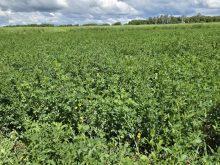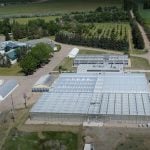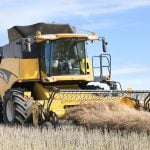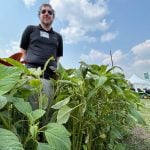Grain crops face multiple assaults with no sure ways to address all crop health concerns, says Agriculture
Canada plant pathologist Kelly Turkington.
He is working on a long-term study where barley varieties are subjected to varying fertilizer and herbicide applications in continuous and rotational cropping situations to measure crop competition against diseases and weeds.
Part of the trials applied different rates of herbicide from as low as a quarter to a full rate to clean up wild oat problems.
He does not advocate off-label use of a herbicide but some of the research shows combining chemical treatments with resistant barley varieties in a rotation can be equally effective.
Read Also
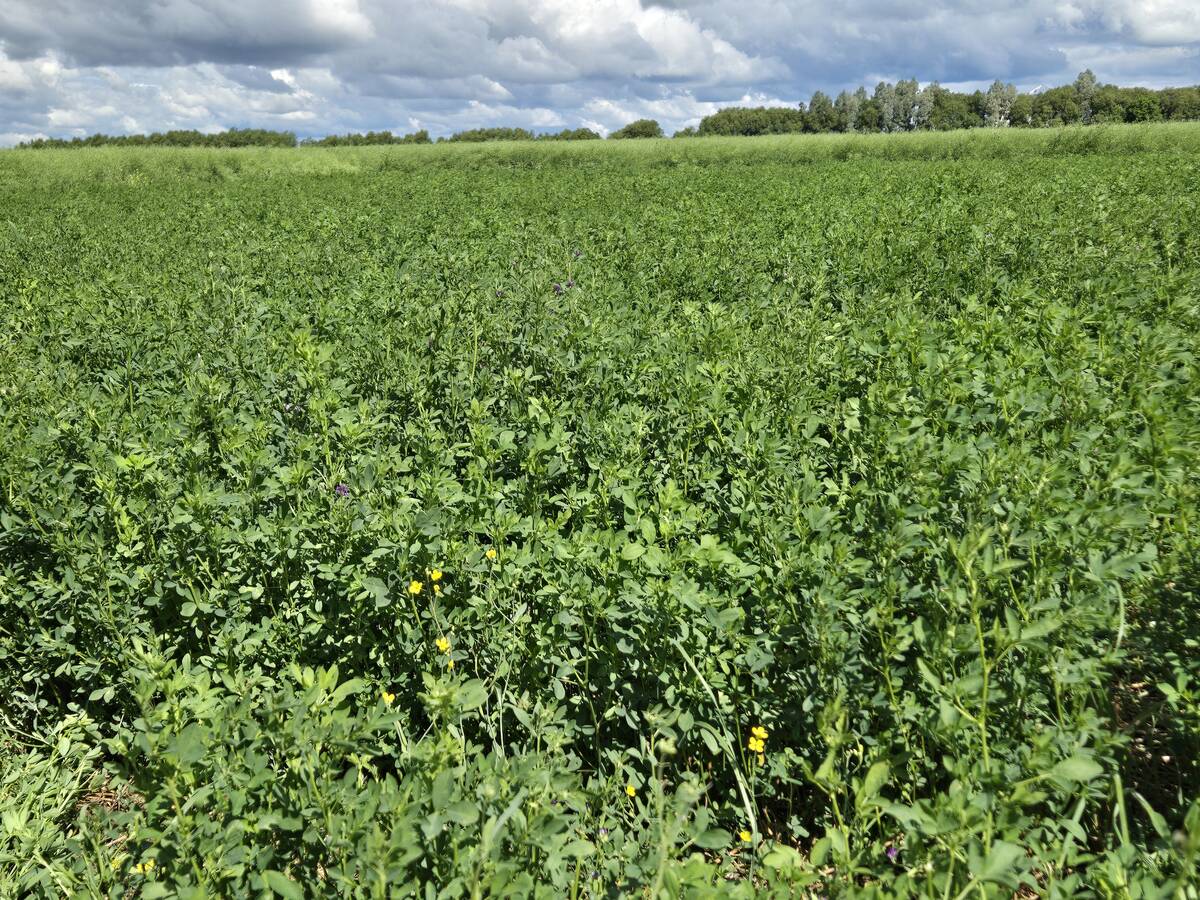
Manitoba Parkland research station grapples with dry year
Drought conditions in northwestern Manitoba have forced researchers at the Parkland Crop Diversification Foundation to terminate some projects and reseed others.
In fact, stressed plants may not benefit fully from herbicides.
“If you put that herbicide even at a full rate into a non-competitive variety, lower seeding rate and perhaps a continuous production situation, that’s when you result in a situation where the herbicide is going to have a hard time providing the level of performance you would expect,” he said at the Western Barley Growers Association convention in Calgary Feb. 16.
The research over five years on plots in Alberta and Saskatchewan shows higher seeding rates give plants a fighting chance against wild oats.
He also found rotations such as barley, canola, barley and peas seem to produce better yields and provide more competition against weeds.
Growing a taller barley variety at a higher seeding rate helps decrease wild oat presence to 80 kilograms per acre compared to 800 kg per acre without control efforts.
“If we go to two times the seeding rate, from 200 seeds per metre square to 400 seeds, we could significantly reduce the wild oat population and we also have much more uniform canopy,” he said.
The study has also looked at disease. If there is a susceptible host plant and the right environment, disease may occur.
The plant with disease resistance to specific pathogens and with balanced fertility may come through a cycle unscathed.
The environment may be more difficult to manipulate. In irrigation systems water may be cut back, and in dryland cropping wider row spacing may be needed to open up the plant canopy. Denser crops can hold the moisture and could be more susceptible to fungi.
A pest may be attacked through field and crop rotations, by using healthy seeds and by not planting beside a field with significant disease problems.
The study looked at fungicide on Harrington barley, which is susceptible to net blotch and scald.
Research plots were sprayed with Tilt at flag leaf emergence and then again at head emergence. A half rate did as well as full rate in the research trials but researchers are not recommending off-label use of these products.
The lowest yields on untreated fields were 60 bushels per acre. If a foliar application of fungicide was applied at the flag leaf stage, yields could increase to 90 bu. per acre.
Some producers are applying fungicide at the early four to six leaf stage and tank mixing it with herbicides, but Turkington said the same level of control at this stage is not as effective.
One of the decisions to use fungicide depends on the value of the crop. There needs to be a significant amount of disease in the crop to make it worthwhile. For every one unit increase in the amount of leaf disease there could be a four bu. per acre reduction in yield.
If a field is 25 percent diseased, a 10 bu. per acre loss is possible.
“You need a significant amount of disease before you see the benefit of using a fungicide,” he said.





